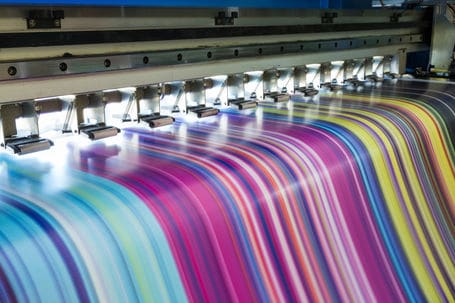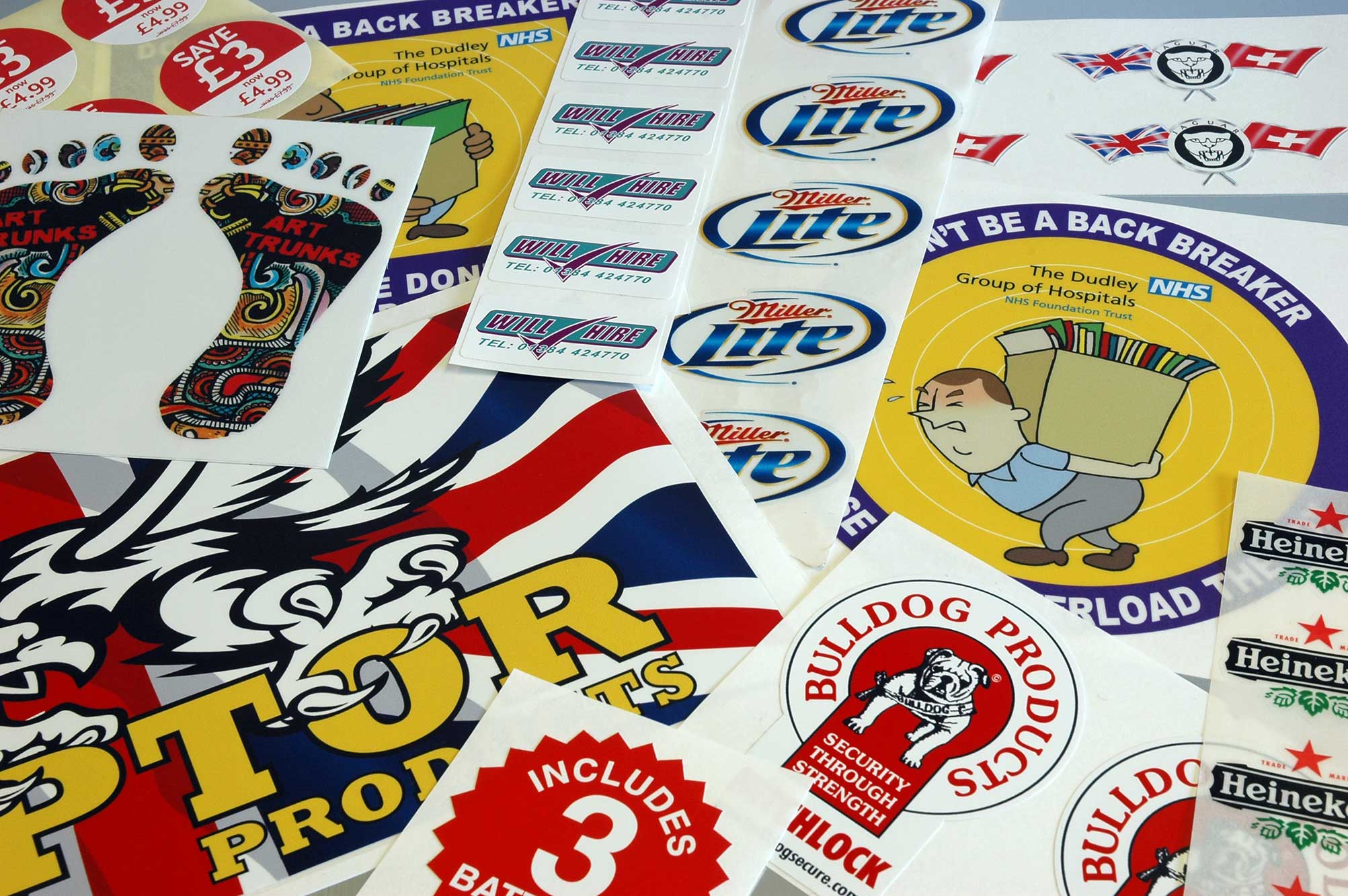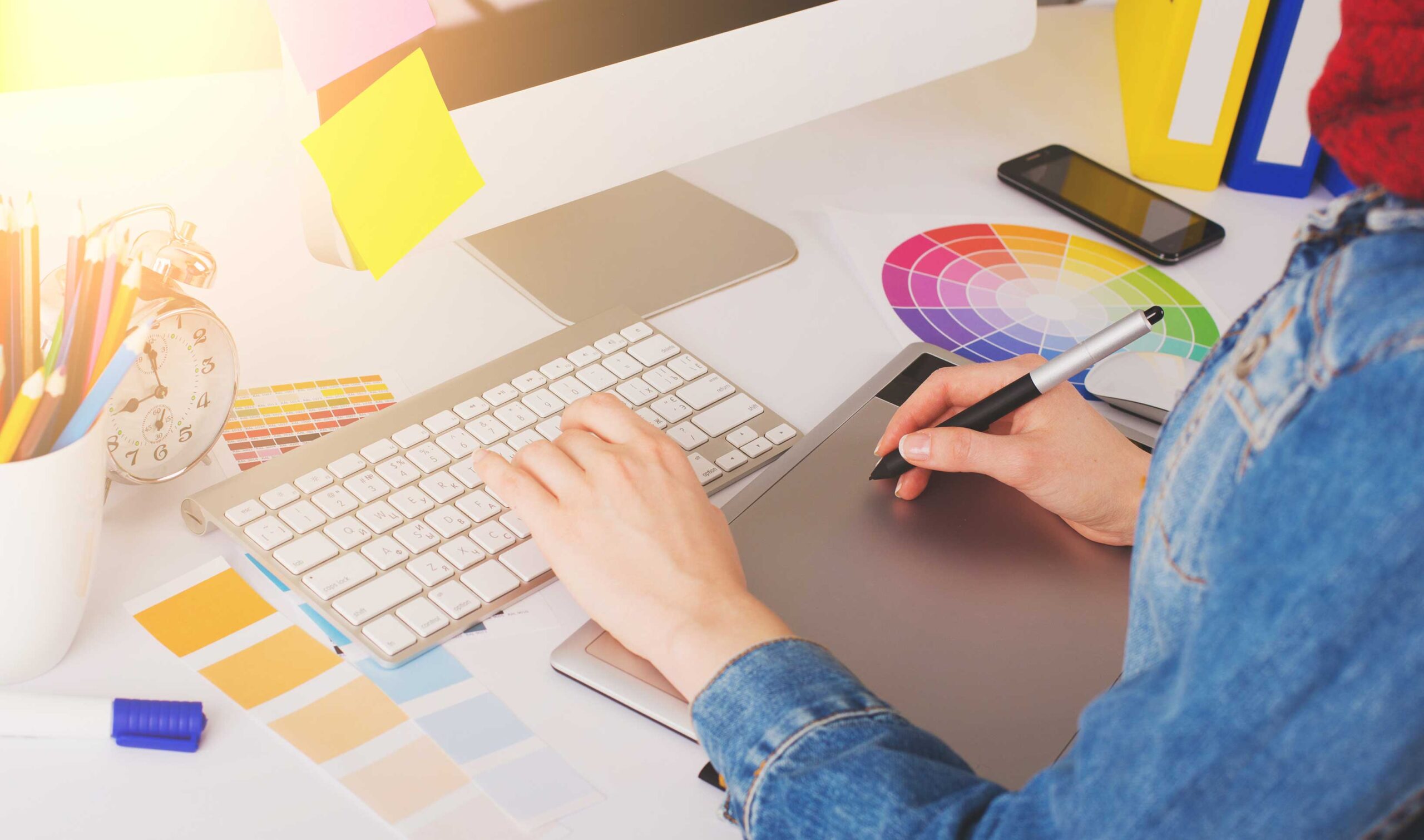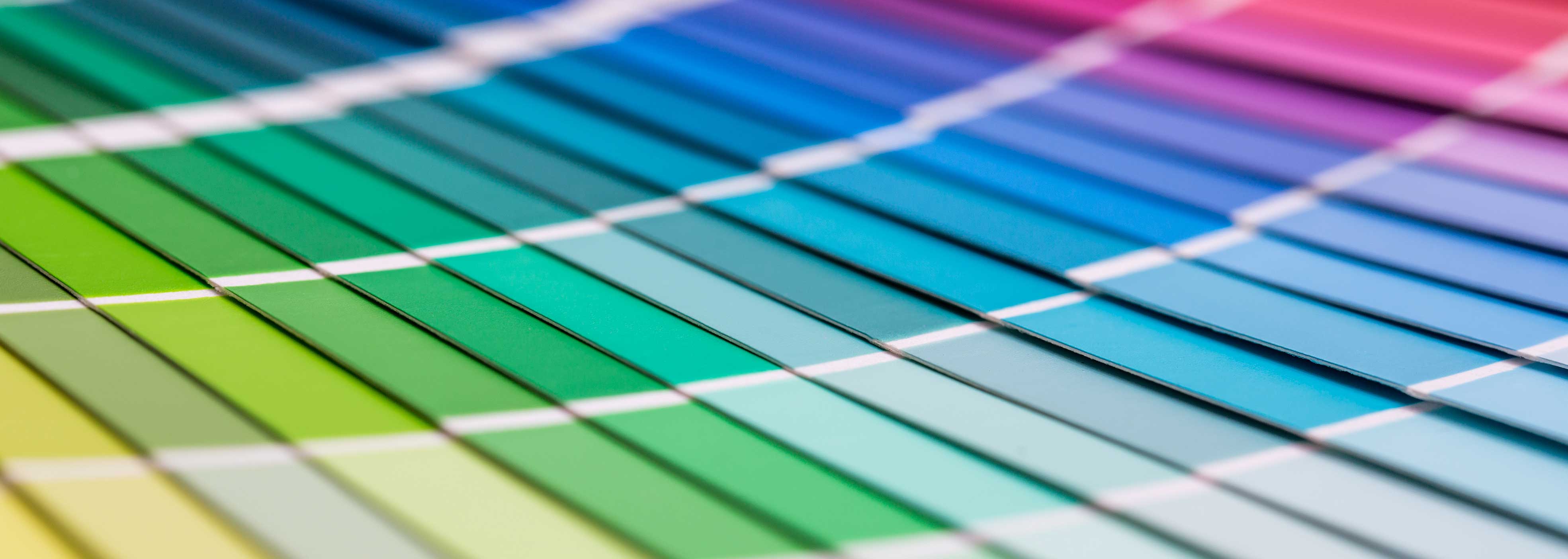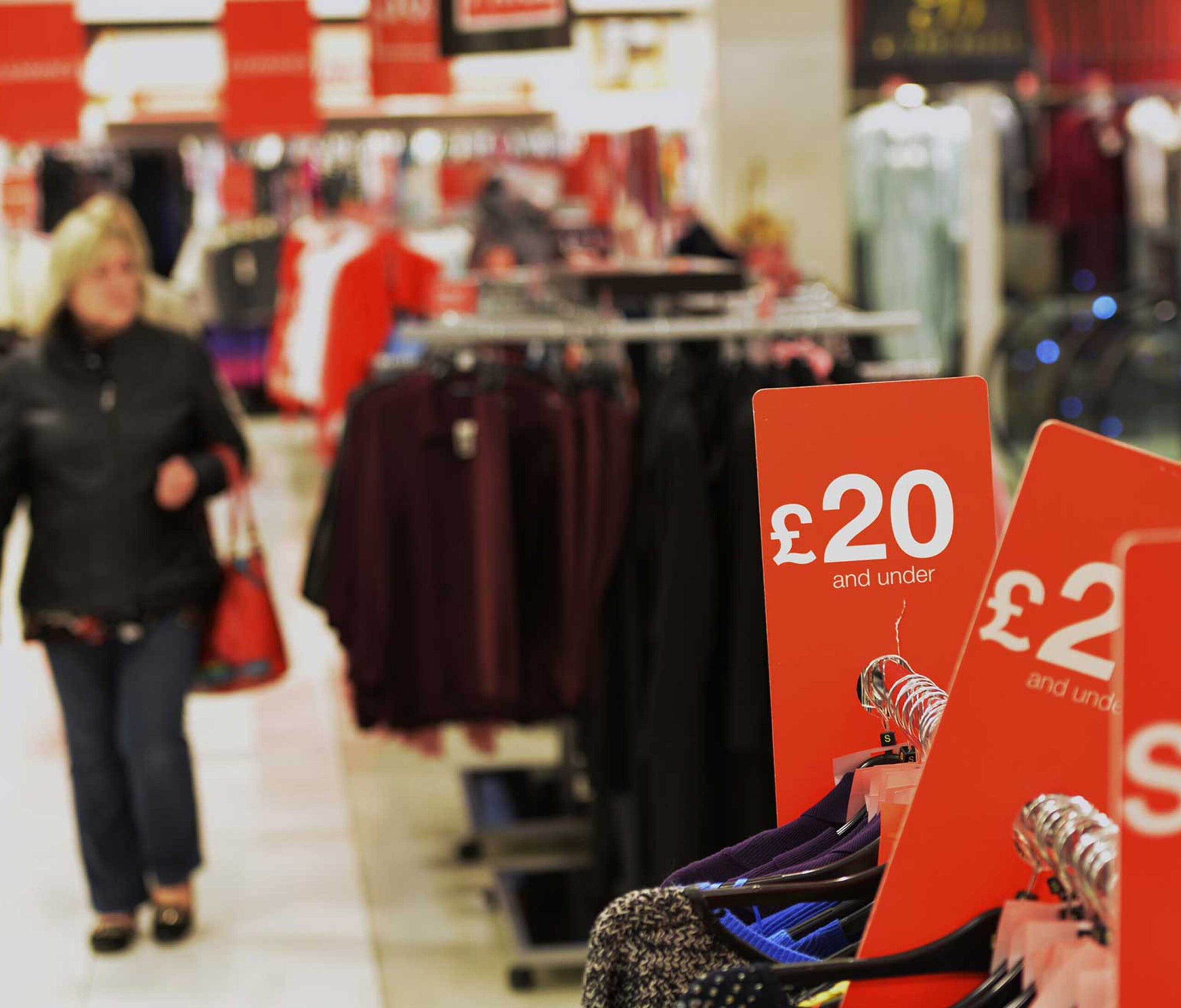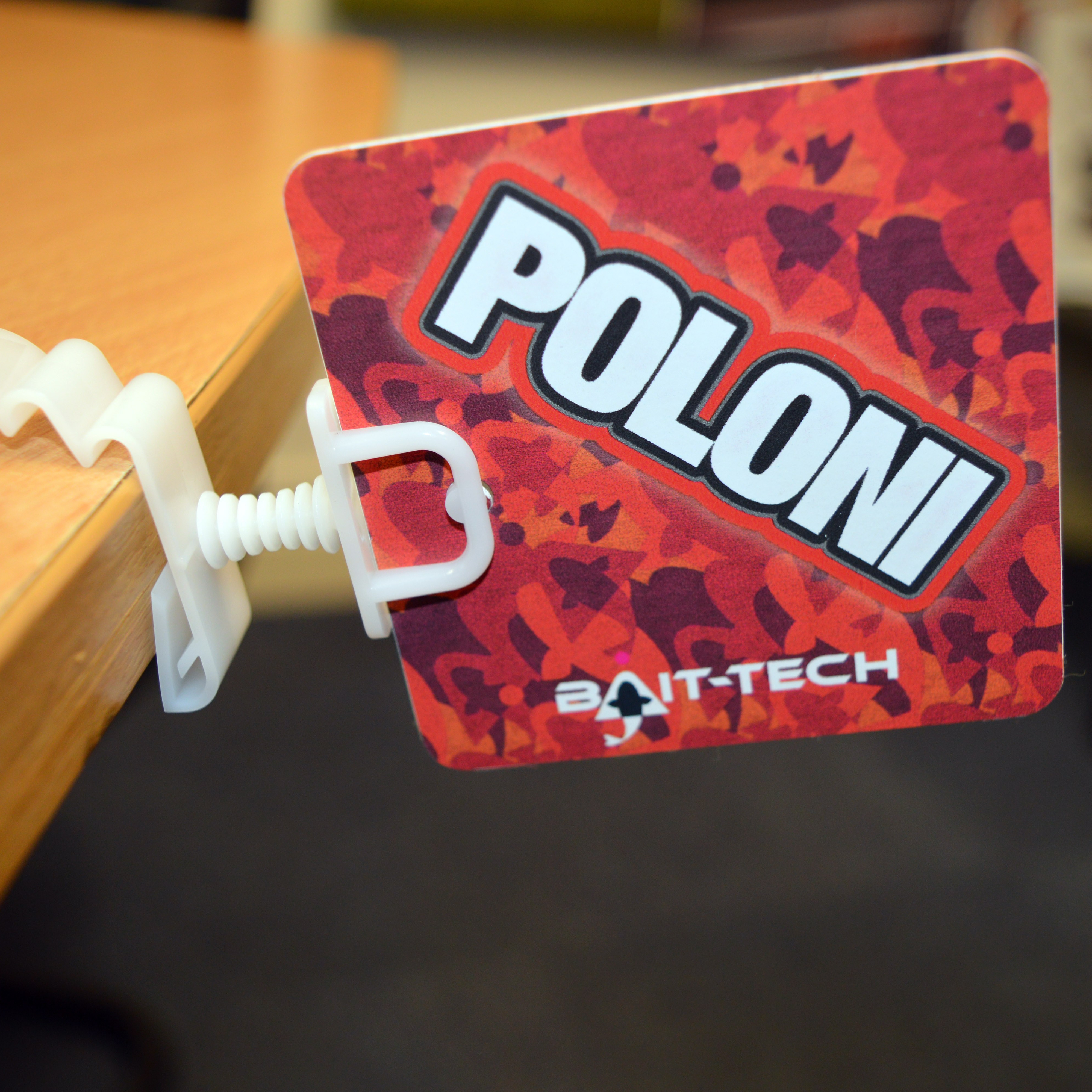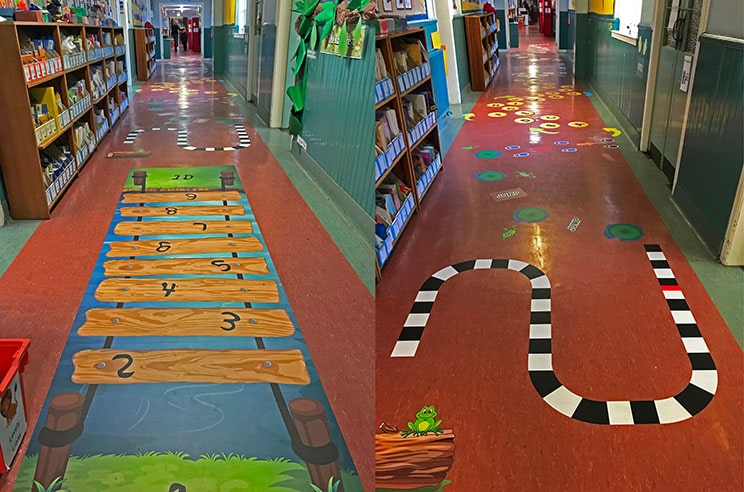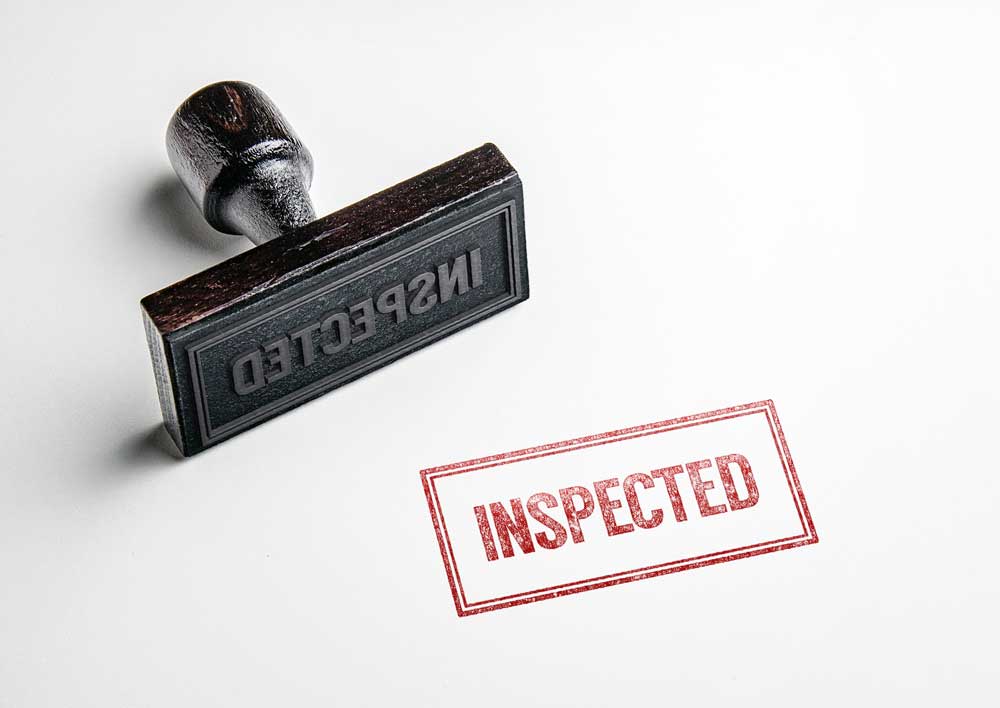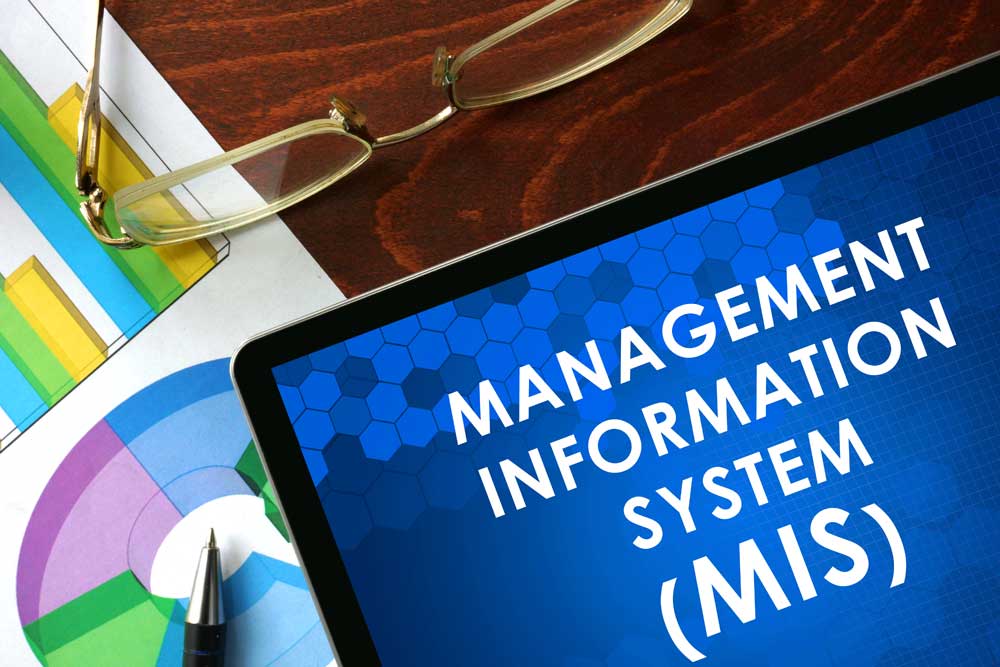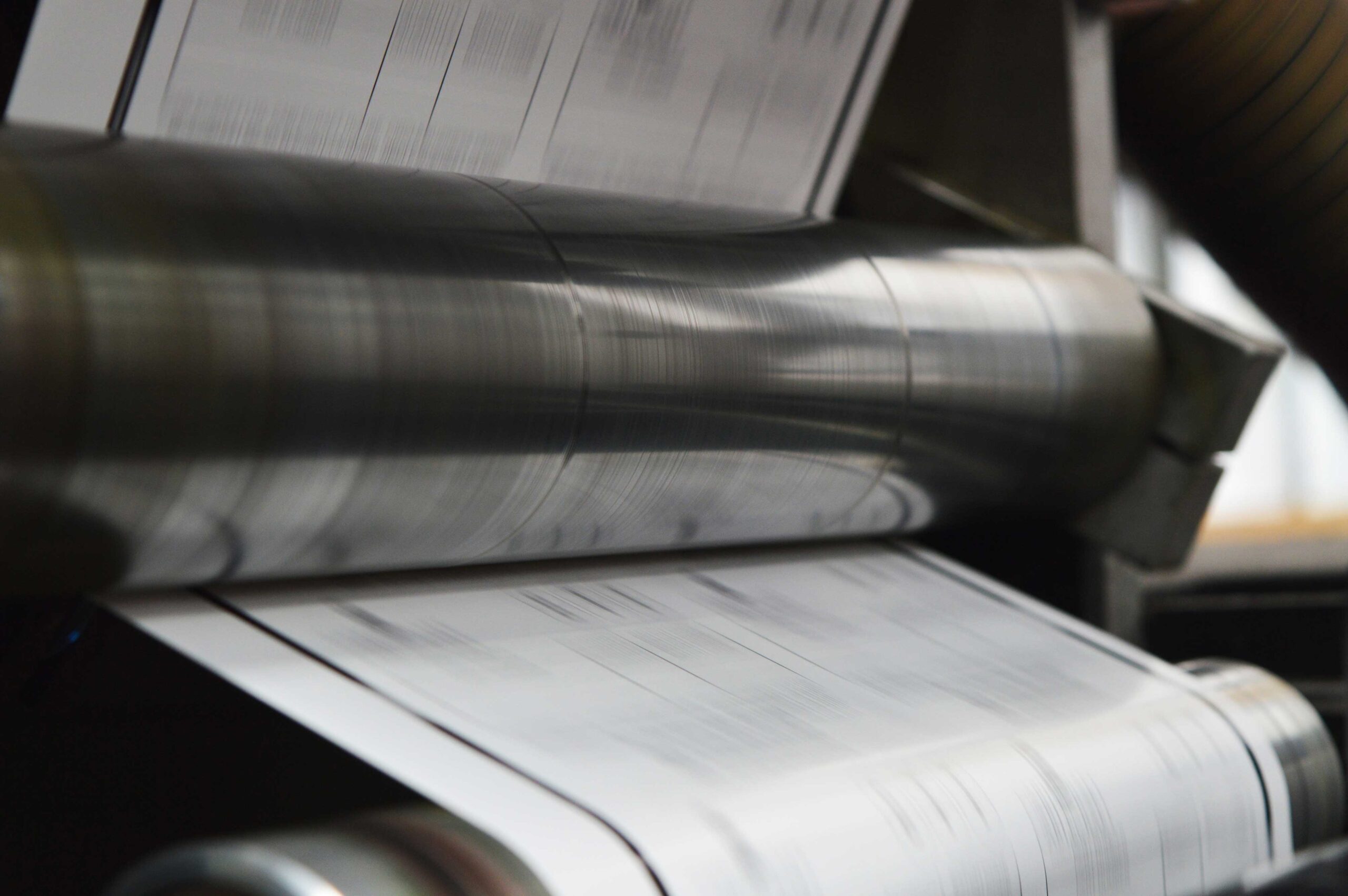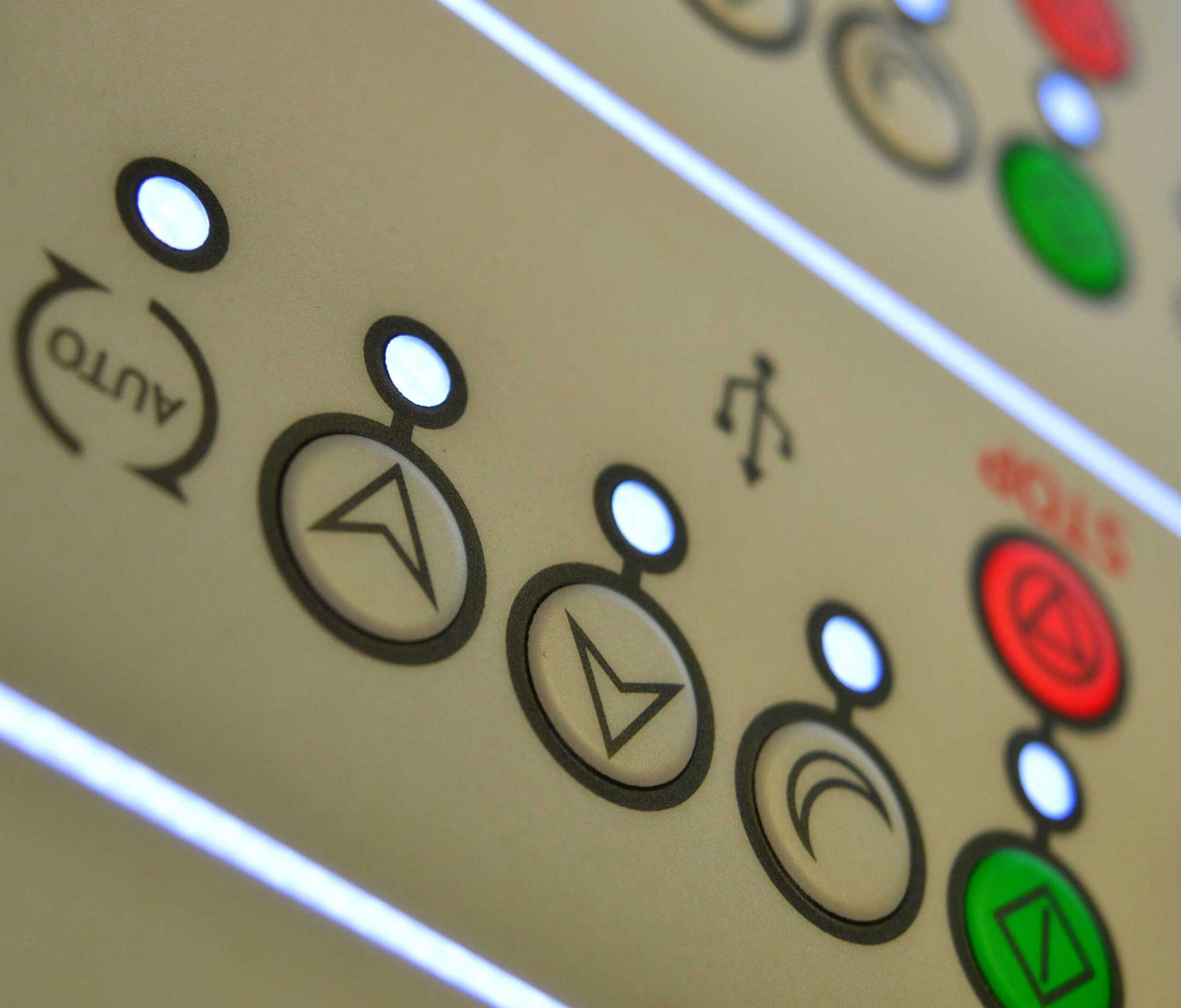If you work in any sector of the print industry; including labels, leaflets or banners, you would have heard this bold statement many times…
“Print is dead“
Many people do believe that print has died a very sudden death. There’s no wonder why the popularity of emails, social media and TV marketing is increasing daily; but would you believe us if we told you that they’re wrong?
According to researchers a very high percentage of people said that given the choice, they would prefer to read on paper. This is true across a mass range of age brackets too. Who knew?!
Dry Eyes?
Doctors and specialists have linked “dry eyes” to the use of computers, tablets and mobile phones. This is because our blinking times decrease while looking at screens, compared to reading a physical book. But having the ability to zoom in easier on digital documents as well as enabling different modes for colour blindness, partial blindness and dyslexia; you can see why it’s still widely popular too.

Is that the postman?
Think back to 10/15 years ago… As emails were few and far between as they were quite new and exciting, you would have taken a notification ‘ding’ of a new email over a stack of physical mail any day of the week. In this day and age, it’s quite a different story! With spam and junk emails being an everyday occurrence, or nuisance, most people prefer the spark of excitement when a physical letter is posted. Okay, maybe not when it’s bills…

Piece by piece:
Ferris Jabr explained in an article for Scientific American called ‘Why the Brain Prefers Paper’ that reading information that has physically been printed on a piece of paper is easier to interpret and retain than its newer, updated counterpart. Here’s a quote from the mentioned article above: “When we read, we construct a mental representation of the text. Most digital devices interfere with intuitive navigation of a text and inhibit people from mapping the journey in their mind”. So, what do you prefer? Personally, we like printed. But we’re slightly biased, being print specialists and all that!

What about the environment?
We all need to make changes towards a healthier, safe planet. So, using paper instead of screens can feel like you’re taking a step backward. Recycling has now become the norm in our everyday lives which means consumers know how to rightfully reutilize their printed paper. You could enhance your impact by using FSC paper as well as showing people what your company does to save the planet. Staying on the eco-friendly track, a high percentage of consumers admit the main reason companies shift to electronic delivery rather than printed marketing is to save money, not to be environmentally conscious. On the other hand, we are all overwhelmed by pop ups and brightly coloured banners from a variety of sources, some more suspicious than others. The fear of viruses and spam mean that some people stay well clear from pop up ads unless they are familiar with the company. Print provides a blanket of trust to consumers with a corporate, substantial introduction.

Are you struggling to sleep?
A recent study in the Journal of Applied Physiology suggested that the blue-light that is emitted from screens withholds the sleep-inducing hormone Melatonin, which increases alertness. At work that’s great, but if you’re reading an article before you have a snooze, reading a printed item would turn out to be far more relaxing.

As well as using print for advertising, labelling, health & safety or simply newspapers; print is still very much alive. With certain publications and user manuals being online exclusive it can seem that printing is simply going out of fashion, but certain products will always be around. QR code stickers, food labelling, a new book! What do you think? Is print still going slow and steady? Or is it time to say goodbye to the old ways?



